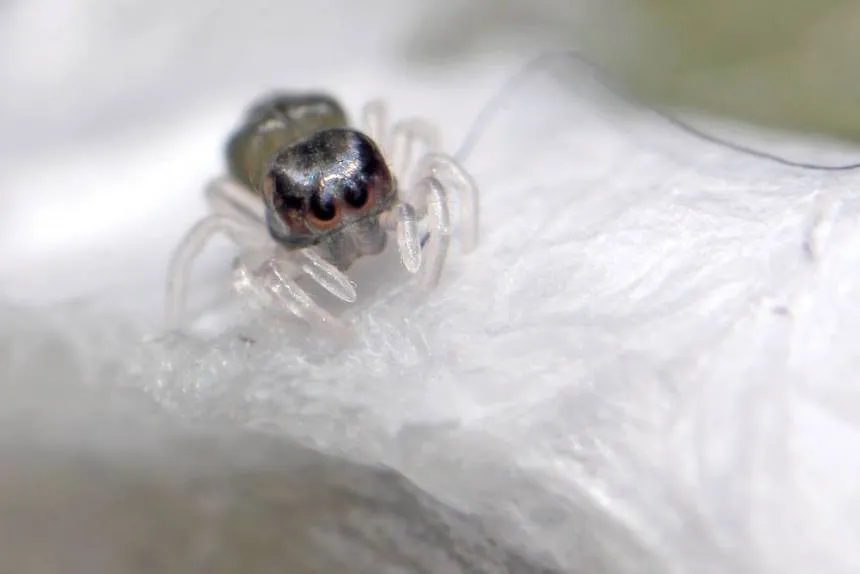Choosing the Right Baby Tarantula Food
Feeding a baby tarantula might seem daunting, but with the right approach, it’s a rewarding experience. The cornerstone of a healthy baby tarantula is providing appropriate food. This involves understanding what baby tarantulas eat, how often to feed them, and the importance of prey size. This guide will cover the essential aspects of baby tarantula food, ensuring your spiderling thrives. From selecting the correct live prey to creating a safe feeding environment, we will explore the key considerations for successful baby tarantula feeding. This will help you avoid common mistakes and nurture your spiderling to its full potential, ensuring a happy and healthy pet.
Live Prey Options
Baby tarantulas are obligate carnivores, meaning their diet exclusively consists of live prey. The most popular choices include crickets, mealworms, and fruit flies. The selection should be based on the size of your baby tarantula. It’s essential to provide prey that is easy for the spiderling to catch and consume, minimizing stress and maximizing nutritional intake. The chosen prey should be gut-loaded before feeding, ensuring they are packed with essential nutrients for your spiderling. This practice enhances the nutritional value, promoting better growth and overall health for your tarantula.
Crickets
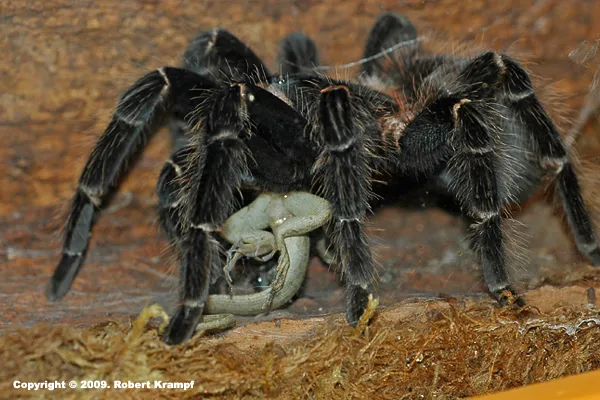
Crickets are a staple food for many baby tarantulas due to their availability and ease of raising. However, ensure that the crickets are small enough for the spiderling to handle and have been gut-loaded with nutritious foods. Monitor the crickets in your terrarium to ensure they are not causing stress to your tarantula. Overly large crickets can also pose a danger, potentially injuring or even killing your baby tarantula. Fresh, healthy crickets are essential for providing the necessary proteins and nutrients your spiderling needs to develop properly. Remember, the size of the crickets is directly proportionate to the size of your baby tarantula.
Mealworms
Mealworms offer another excellent food option. While slightly less active than crickets, they are a good source of protein. Ensure the mealworms are small and soft-bodied for easy digestion by the baby tarantula. Before offering, it can be helpful to crush the head of the mealworm. This makes it easier for the spiderling to consume and reduces the chance of the mealworm burrowing and causing stress. It’s crucial to offer a varied diet, alternating between crickets and mealworms to meet all nutritional needs. Moderation is key, as too many mealworms can lead to a diet too high in fat.
Fruit Flies
For very small spiderlings, fruit flies are often the best choice. They are tiny, soft-bodied, and easy for young tarantulas to capture. Make sure you use flightless fruit flies to prevent them from escaping the enclosure. Fruit flies are typically raised in a special culture medium and can be easily introduced to the tarantula’s habitat. This is especially helpful for those who are still small enough not to prey on crickets. The frequent feeding that is required for a spiderling will be helped by the abundance of fruit flies.
Prey Size Matters
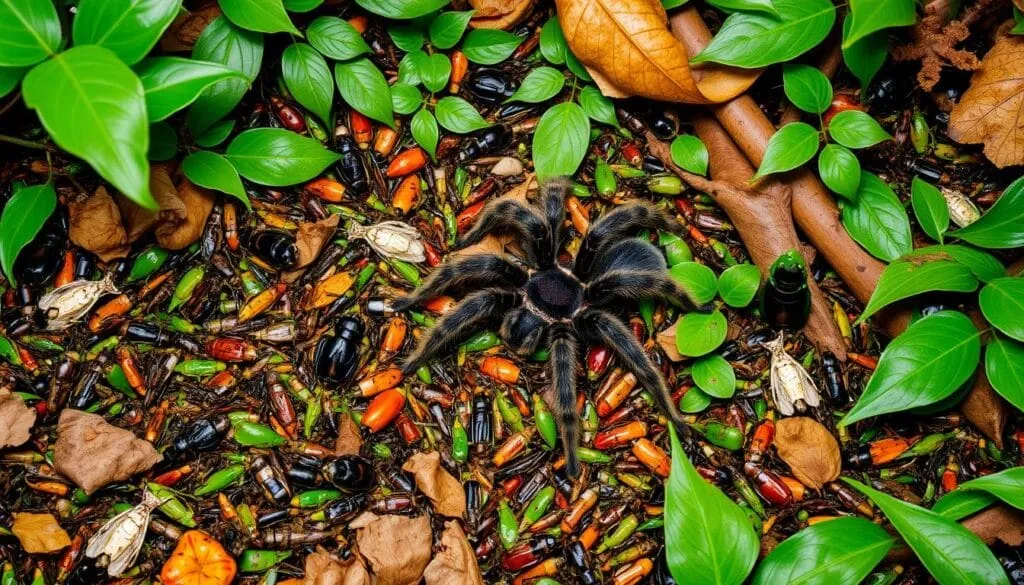
The size of the prey is critical for baby tarantulas. A good rule of thumb is to offer prey that is no more than half the size of the spiderling’s body. Offering oversized prey can stress the tarantula or potentially injure it. If the prey is too large, the spiderling might struggle to subdue it, leading to stress and a loss of appetite. Always observe the tarantula during feeding to ensure it is successfully capturing and consuming the prey. If the tarantula seems overwhelmed, consider removing the prey and offering a smaller option. Proper prey size contributes significantly to the baby tarantula’s growth and overall health.
Feeding Frequency Guidelines
Feeding frequency depends on the tarantula’s growth stage and metabolism. Baby tarantulas, especially those in the early instars, typically need to be fed more frequently than older ones. The frequency can range from every other day to once or twice a week. Observe your tarantula’s abdomen; if it appears plump, it’s well-fed. If the abdomen seems shrunken, it might need more frequent feeding. Adjust the feeding schedule based on the tarantula’s activity level, appetite, and overall health. It’s better to underfeed than to overfeed. Overfeeding can lead to health issues, while underfeeding can hinder growth. Always prioritize the spiderling’s well-being by making adjustments.
Understanding the Tarantula’s Stage
A spiderling’s feeding needs change as it grows. The frequency and the size of the prey need to be adjusted accordingly. The growth phase is critical for determining your feeding strategy. A tarantula that is in the growth stage needs more food than one that is not actively growing. As it molts, the amount of food required will change. These periods can influence the spiderling’s appetite. During the first few instars, a baby tarantula will have a higher metabolism and will need more frequent feeding. As it grows and molts, it will require less frequent feeding with larger prey items.
Molting and Feeding
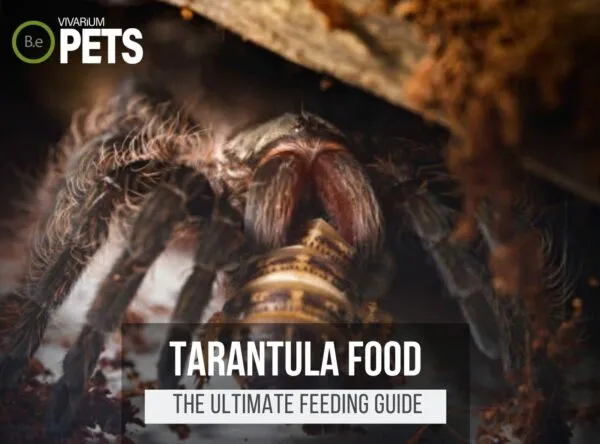
Tarantulas molt to grow, and during this process, they are vulnerable. Before and during the molt, a tarantula will often refuse food. Do not offer food if you suspect your tarantula is preparing to molt, as it can stress the spider. The tarantula’s appetite will return after the molt, and then you can resume feeding with more care. Ensure the enclosure has proper humidity, which helps the tarantula during molting. This is essential for the tarantula’s health and well-being. If you try to feed a tarantula while it is molting, the prey might injure it. The best practice is to avoid feeding during molting and give the tarantula time to recover.
Proper Prey Handling
Handling prey correctly is vital for the tarantula’s safety and your convenience. Before offering prey, it’s essential to ensure it’s healthy and free from parasites. This section discusses how to quarantine new prey and the importance of preventing escapes, which can affect both the tarantula and the home environment. Safe and effective prey handling is crucial for a healthy and stress-free experience for your spiderling.
Quarantine New Prey
When you introduce new prey, quarantine them first. Place the new prey in a separate container for at least 24 hours. This allows you to observe them for any signs of illness or parasites. This prevents introducing potential issues into your tarantula’s enclosure. Gut-load the prey during quarantine, feeding them nutritious foods to enhance their nutritional value. Quarantine is a simple but effective way to protect your tarantula from any potential health risks associated with new prey. Inspect the prey to ensure that they are healthy and in good condition before being fed to your baby tarantula. Quarantine the prey to be fed, especially if they come from different sources.
Preventing Escapees
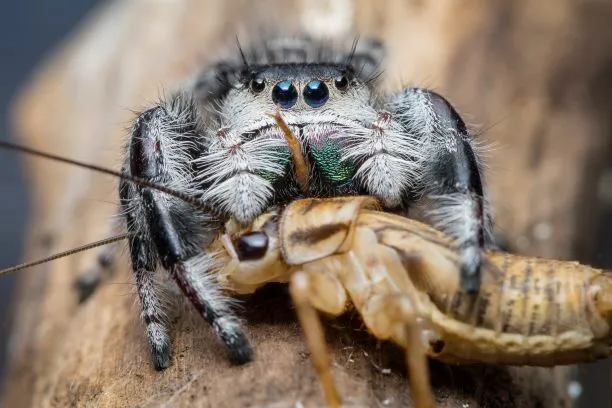
Escaped prey can create stress for both you and your tarantula. They can hide in the enclosure and potentially harm the tarantula, or they might escape into your home. Always handle prey inside the enclosure or in a contained area. If the prey is active and fast, use tongs to offer them, minimizing the chances of escapes. Regularly inspect your enclosure for any gaps or openings where prey can escape. Securing the enclosure will keep both the spiderling and its food safe. An escaped cricket in your home can stress the tarantula and become a nuisance.
Offering Water for Hydration
Water is essential for your baby tarantula’s health and well-being. A constant water supply is a fundamental aspect of their care. Dehydration can be detrimental to a tarantula, especially during molting. This section focuses on providing water safely and effectively. It covers the best ways to offer water to a baby tarantula and the importance of monitoring water levels. Proper hydration, alongside feeding, is critical for a thriving baby tarantula.
Using a Shallow Dish
Baby tarantulas can easily drown in deep water dishes. Use a shallow water dish or a bottle cap filled with water. Ensure the dish is small enough to avoid accidental submersion. Provide water in a safe way by using a shallow dish or cotton balls. The dish should be stable and placed where the tarantula can easily access it. Replace water daily to keep it fresh and clean, as it prevents bacteria growth. Use a sponge or cotton ball soaked with water in the enclosure, if you do not have a shallow dish. These practices ensure your spiderling stays well-hydrated.
Monitoring Water Levels
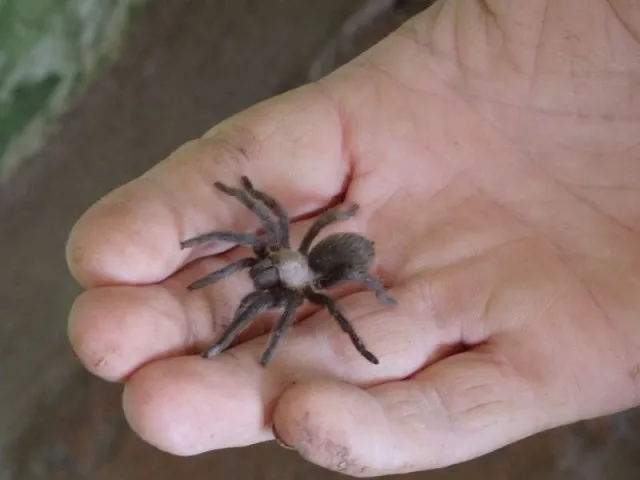
Check the water dish daily and refill it as needed. Always keep fresh water available for your spiderling, which is key to its well-being. Monitor the water level to prevent the dish from drying out or accumulating debris. In dry environments, you might need to mist the enclosure lightly to maintain humidity. By doing this, the spiderling will always have access to water when it needs it. This promotes healthy hydration, contributing to a better overall quality of life for your baby tarantula.
Maintaining a Clean Enclosure
A clean enclosure is crucial for the health of your baby tarantula. A dirty environment can harbor bacteria, mites, and other parasites that can harm your spiderling. Cleaning the enclosure and removing uneaten prey can make the enclosure healthy for your spiderling. This section covers removing uneaten prey and cleaning the water dish. Regular enclosure maintenance is essential for the health and well-being of your baby tarantula.
Removing Uneaten Prey
Uneaten prey can stress a tarantula and also decompose, leading to harmful bacteria. Remove any uneaten prey within 24 hours of feeding. You can use tongs or a small net to safely remove the prey. Regularly check the enclosure for any remnants of the meal. Cleaning the enclosure is very important and should be done regularly. This practice prevents potential health risks and maintains a clean environment for your tarantula. Ensure that the enclosure is free of decaying matter. This will help your tarantula stay healthy and reduce any possible health issues.
Cleaning the Water Dish
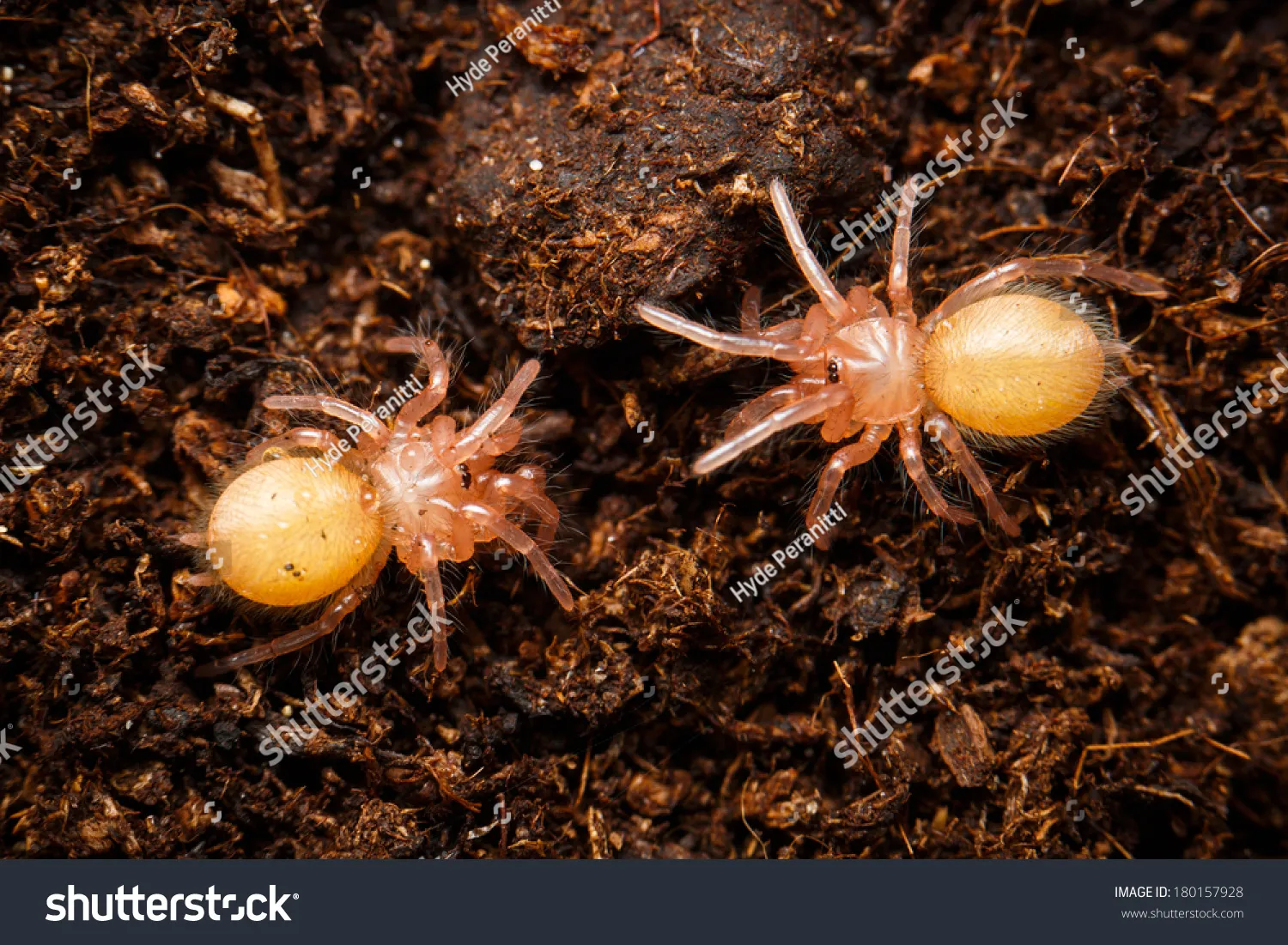
Clean the water dish regularly. Rinse it with warm water and wipe it dry to prevent the buildup of algae or bacteria. Change the water daily to keep it fresh and prevent contamination. This simple practice helps maintain hygiene and prevents the growth of harmful microorganisms. Make sure to choose a non-toxic cleaner if you decide to use one. Always clean the water dish before refilling it. This helps to create a healthy habitat for your spiderling.
